PrintNinja - online printing made easy for creators
Kickstarter Marketing Basics–How to Drive Traffic to Your Campaign
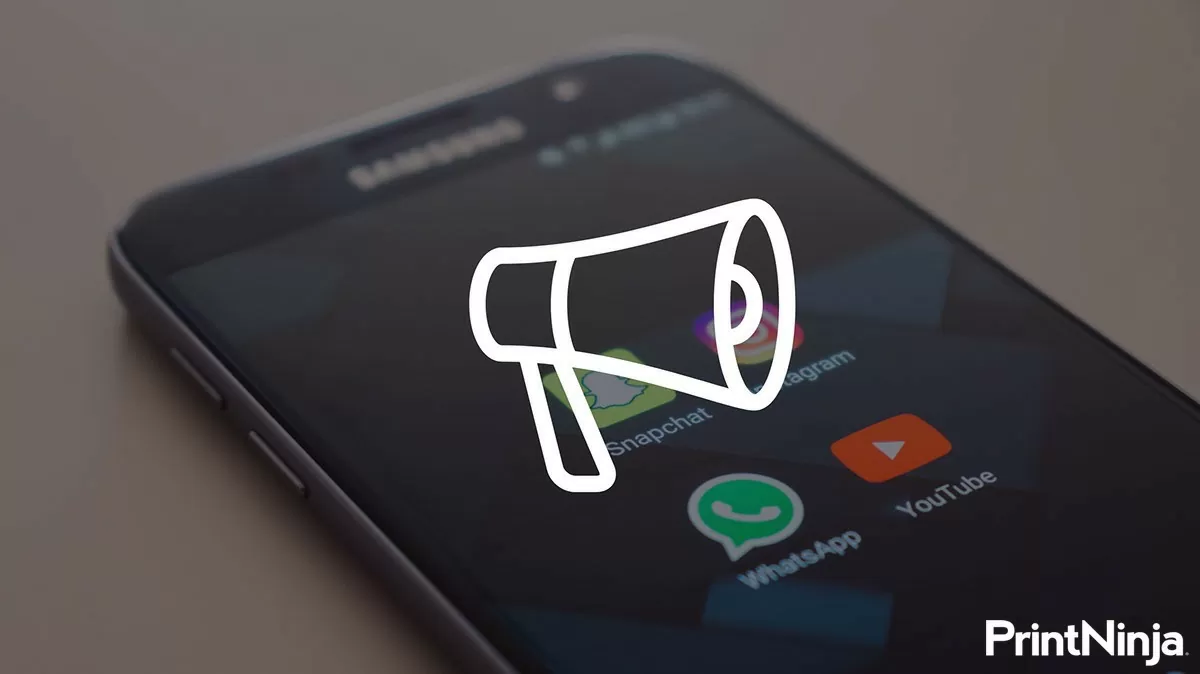
Once you’ve done the work of creating your campaign page, it’s time to get to work on marketing your Kickstarter.
After you launch your campaign, you’ll have just a matter of days to hit your goal. Attracting backers, convincing them to donate, trying to get media attention and social media shares will take a lot of upfront work.
Most of your Kickstarter marketing work should be done well in advance of your launch date. A successful start increases your chances of being promoted by Kickstarter as a popular campaign, which is free advertising to other Kickstarter visitors. Additionally, early backers will stay engaged through your updates and share your campaign with their friends and communities.
Marketing your Kickstarter campaign begins months before the launch itself, and we’ll walk you through the important steps you should take.
Create a Landing Page
A landing page is a website where you can direct traffic during your campaign’s lifespan. Your landing page is essential for building excitement before you launch, and selling after your campaign finishes.
There are plenty of inexpensive, no-code-required website building tools with beautiful landing page templates, including Wix, Squarespace, Launchrock, and Shopify. Choose a short, easy-to-remember domain name, like yourgame.com. Get your landing page running as early as possible, ideally at least three months before launching your campaign. That way, as you tell friends, family, and strangers about your game, you have somewhere to send them. Having a strong homepage is an essential part of Kickstarter marketing.
Tips for Landing Page Design
Above all, keep it simple. The more unnecessary clutter is on your landing page, the less likely it is that visitors will do what you want them to do: join your mailing list or contribute to your Kickstarter.
No matter what your brand, style, or experience level is, try these top tips to make an effective landing page:
- Keep your page as simple as possible. Usability is more important than the look of your website. A single, scrolling page is plenty and will keep visitors from getting lost in complicated navigation.
- Simple color schemes work best, and a white background always looks great.
- White space (empty space on the page) helps visitors stay focused and highlights your most important content.
- Choose a maximum of two fonts, one for your headers and one for the rest of your text. A good rule of thumb is to have one serif font, and the other sans serif. You can also just trust the designer of your site template and use the default fonts they’ve chosen.
Let’s look at a real-world example, Utter nonsense!, and break down their page elements:

- Catchy Header: “Utter Nonsense is a card game where players combine silly accents with even sillier phrases to create sayings that are just plain ridiculous.” It tells you what the game is, gives a general sense of gameplay, and makes you want to learn more.
- Product Description: Each version of the game gets a concise description, and the game rules are listed near the bottom of the page to give a sense of gameplay.
- Call-to-Action: Because the game is already on the market, the primary CTAs are all for purchasing: “Shop!” in the top menu bar, and “Buy Now” next to each game edition.
- Design: The entire page matches the design of the game itself, with the game illustrations worked into the page. The simple color scheme – white, grey, and yellow – and uncluttered design make it easy to find important information and CTAs.
- Other elements: Links to reviews, press information, events, and social media, are all included but less prominent than the game description and CTAs. The page content and game descriptions are irreverent, reinforcing the character of the game.
Maximize Your Email Sign-Up
Until your Kickstarter launches, the number one goal of your landing page is to capture email addresses. Incentivize visitors to join by offering a free downloadable copy of the game, an early-bird special, insider access to your creative process, or entry for a chance to win your game after it launches. After they sign up, give them a chance to share the page on social media or email it to a friend. Remember, the easier it is, the more likely it is that they’ll do it. The more emails you collect, the more people you can reach out to when you’re ready to launch.
Getting the Word Out
Once you have a landing page, you’re ready to start spreading the word about your game. There are plenty of avenues to get your game in front of different audiences, and you should have a strategy in place and the work done well before your launch. Remember, once you have your landing page you are ready to market as much as possible, to get people interested and signed up well before your campaign launches.
Gaming Communities
If you’re involved in a gaming community, whether online or in person, use it as a platform to bolster both financial and promotional support. As a general rule of thumb, don’t join a gaming community solely for the to promote your game, and don’t ask for anything you wouldn’t give to another member of the community.
Local hobby stores often have board game nights where you can meet people who love games and learn what their tastes are. Online communities like Indie Game Alliance are another great option. Ask group members to playtest your game and give feedback: getting people involved early may make them feel invested in your game and more likely to give or help promote it later.
Treat Kickstarter as a community as well, and spend time getting to know other Kickstarters and donating to your favorites. When people look at your campaign, they’ll see that you’ve been active, and it’s also a great way to get to know what other successful campaigns are doing right.
Social Media
Social media is a great promotional tool for getting organic, unpaid interest, as well as reaching strangers with similar interests through paid advertising. Just like your landing page, your game pages and posts should be succinct and eye-catching.
These platforms work best if you’re already active and have built a following. If not, providing consistently high-quality content is important for attracting and engaging followers. Don’t promote your game with every post; instead, use the 7:1 rule. For every seven third-party posts (retweets or article shares), you can have one promotional post.
Tweets have short lifespans: within a few minutes, your tweet may not be visible on a follower’s feed without scrolling down. Post frequently, but make sure your content is interesting enough that followers won’t get annoyed and unfollow you. Aim for six or seven tweets per day and always include a photo if applicable.
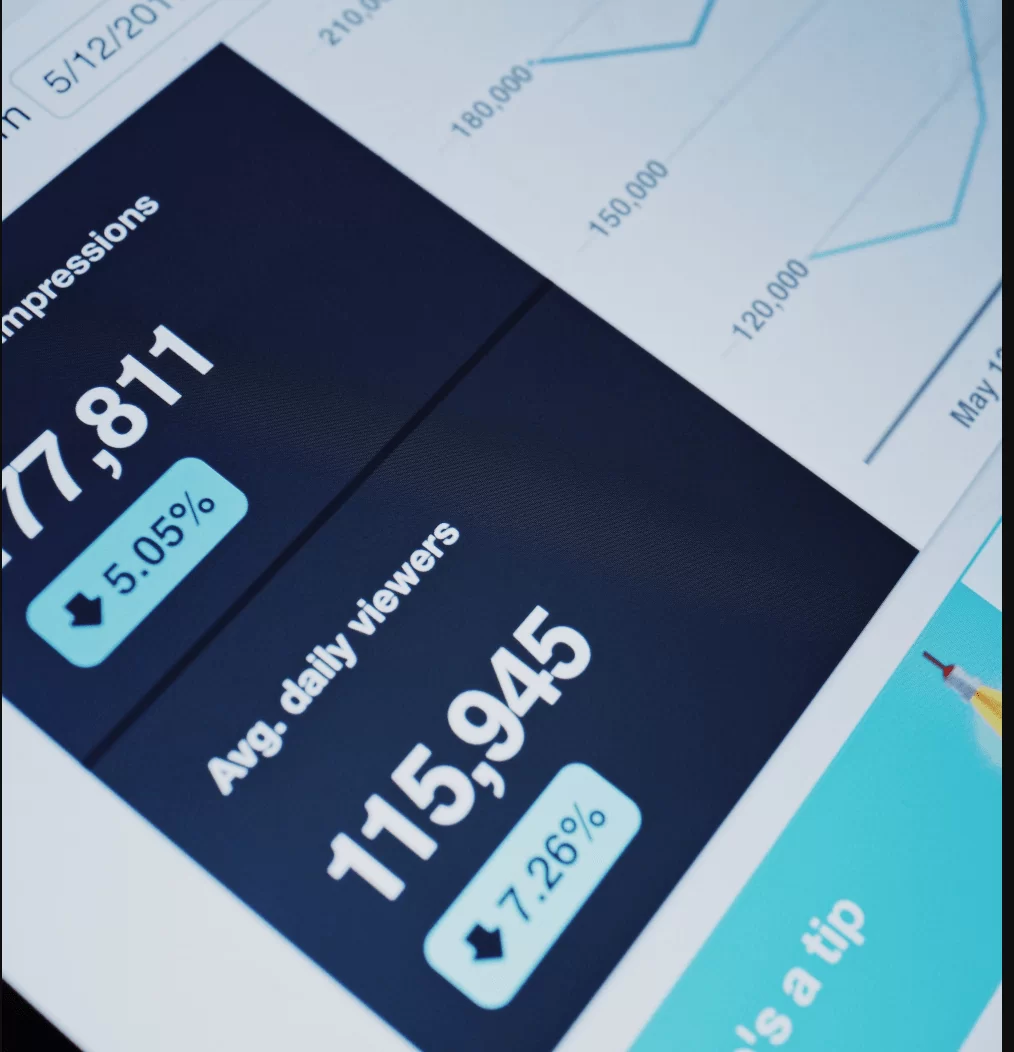
Here are some examples of game makers with great Twitter content:
It can be difficult to generate reach on Facebook without paid advertising. The algorithm that creates Facebook newsfeeds for your followers prioritizes the content that they’re most likely to interact with, so a new post might not reach them if they’re not already liking or sharing your content. The rule on Facebook is quality over quantity. You want to get as much engagement as possible on each post – likes, comments, and shares – to increase the likelihood that more of your fans will see it.
If you want to dive deeper into Facebook marketing for your Kickstarter, start with this article on boosting your organic reach.
Media and Press
Media attention can be helpful, but it requires a lot of work. Be ready to invest time to find the right media outlets, establish a connection, and then leverage that press coverage.
Research
First, pinpoint the outlets you want to reach out to. They might be a mix of traditional media outlets, blogs, and thought leaders, those authoritative people in your market who have large individual followings.
No matter what, they should be relevant to your project and have a high readership. This includes gaming sites, but you should also think outside the box. If your game has a theme, try to find sources that aren’t gaming specific, but are obsessed with zombies, cats, dwarfs, or whatever else your game is about.
Always read the sources you’re interested in to understand what stories they find newsworthy and what their perspective is. Follow them on social media and engage with them in a genuine way. Instead of writing “Great post!”, contribute to the conversation.
Build a Relationship
Journalists get plenty of pitches every day. Try to connect with them outside of the inbox to maximize your chances of getting their attention when you do pitch. Blog comments and social media are great options, as are trade shows, events, and networking parties. Meeting face-to-face sets you apart from the crowd.
Make an Offer
The best way to get noticed is to provide the journalist with something that will help them. Instead of simply pitching your game, present a newsworthy topic that fits the journalist’s interest. For example, if you consider yourself an expert in making games, offer your time for an interview on a specific part of the process that might be interesting to them.
You should also offer anything you have that they might want. Do you have a large following who you could share the article with? Do you have a website where you can link to the author’s page? Do you have a blog where you could trade a post for a post?
No matter how strong your offer is, be sure that you make it as easy as possible for the journalist to follow up. Send them a concise media kit that answers all the basic questions they may ask about your game and your campaign, including key dates, goals, and website links.
Four Hour Work Week has a handy Kickstarter prep article about reaching the press, including the free templates that helped make their Kickstarter successful.
Game Reviewers
Game reviews can be a great way to promote your game. Find sites that are reviewing games similar to yours, then request a review, hopefully timed to support your Kickstarter launch: on launch day, or, if you have multiple reviewers, spaced throughout the campaign. You’ll need to send a prototype, so be sure you have enough on hand to accommodate all of your reviewers.
Written Reviews
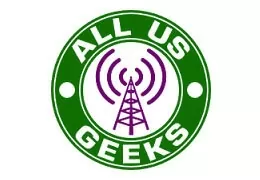

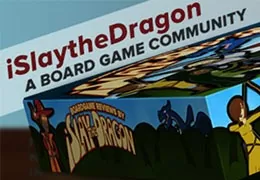
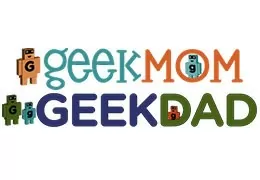
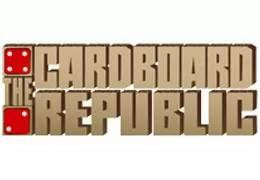
Video Reviews
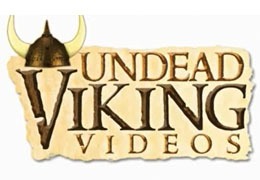

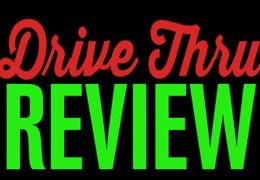
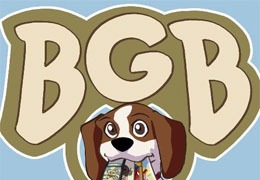
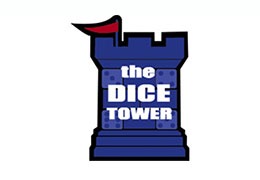
Paid Reviews
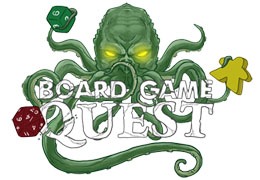
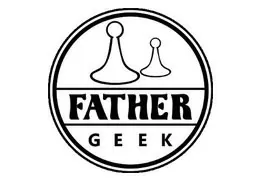
Friends & Family
Friends and family are a great resource, and you shouldn’t feel shy to ask for their help. Send an email letting them know that you’re about to launch and why you’re excited about your project. Instead of asking for pledges, ask them to help promote your campaign. Make it easy for them by including a sample post, a link to your landing page, and a great photo of the game.
Kickstarter Updates
If you’ve successfully built up your mailing list and social media presence, you’ll get a lot of backers in the first few days of your campaign. After that, activity can drop off quickly, and updates will remind your backers about your campaign and encourage them to promote it to their social networks, friends, and communities.
Your updates will go out after your campaign launches, but should mostly be planned before you begin. Kickstarter shared a list of 50 ideas to get you thinking. Create a calendar of updates that you’ll want to send in the first few days, middle, and end of your campaign, as well as when you approach specific goals: certain percentage marks, your funding goal, and your stretch goals. Then write them out, add photos, and proofread. In the middle of the campaign, you’ll only have to copy and paste them into Kickstarter and hit send, freeing you up to focus on answering messages and promoting on social media.
Are you ready to launch? Your traffic checklist.
By the time you launch, you should have already done a lot of homework on Kickstarter marketing. These steps don’t just make your life easier, they increase the chances that you’ll hit your goal.

Image courtesy of Essayontime
Landing Page
- 1. Live landing page, for at least three months
- 2. Clear “join mailing list” call-to-action
- 3. “Thank you for subscribing” auto-email and social media share button
- 4. Curated email list from everyone who signed up on your landing page
Social Media
- 1. Active social media accounts, for at least three months
- 2. Pre-written social posts you plan to share during your campaign
- 3. Active engagement with media and thought leaders
Media
- 1. List of media outlets and journalists that fit your game’s theme
- 2. Actively engage with your list through social media and attending events
- 3. Personalized written message to send far in advance of your launch
Reviewers
- 1. List of reviewers that fit your game’s theme
- 2. Personalized email to send to each reviewer far in advance of your launch
- 3. Game prototype(s)
- 4. Calendar to make sure all your reviewers get a chance to interact with your prototype
- 5. Calendar of your ideal dates for each reviewer to publish their review
Pre-Written Updates
- 1. Basic Kickstarter updates to keep backers excited and in the loop
Other
- 1. Email to send to your team with instructions on how to promote the Kickstarter and of course thanking them for all their help!
- 2. Press Release
Download this content as an Ebook and read on your tablet.